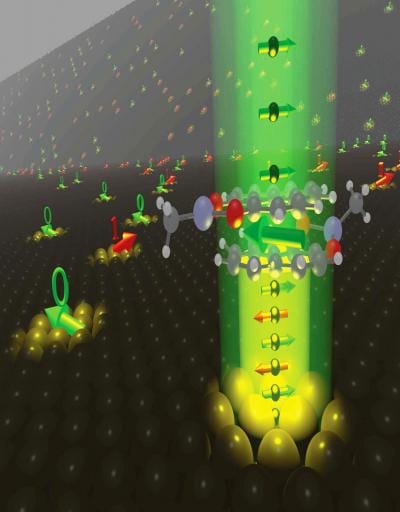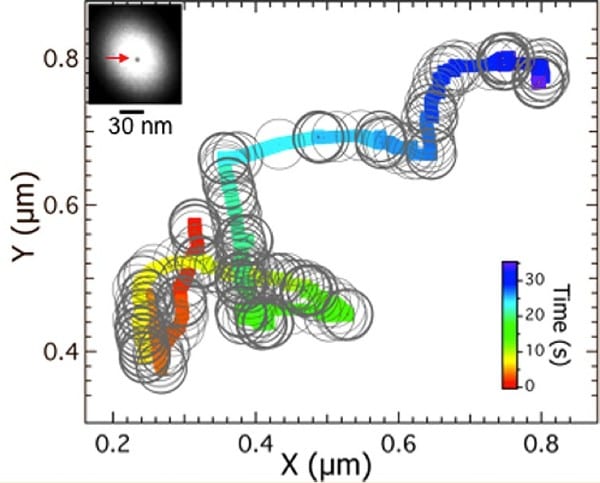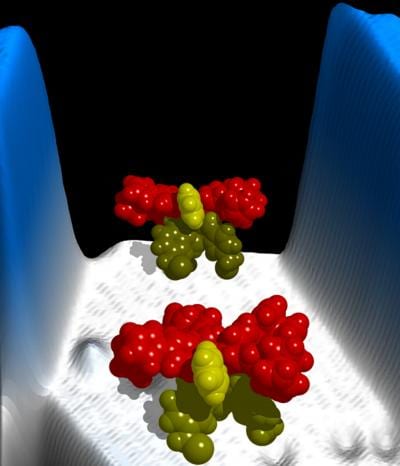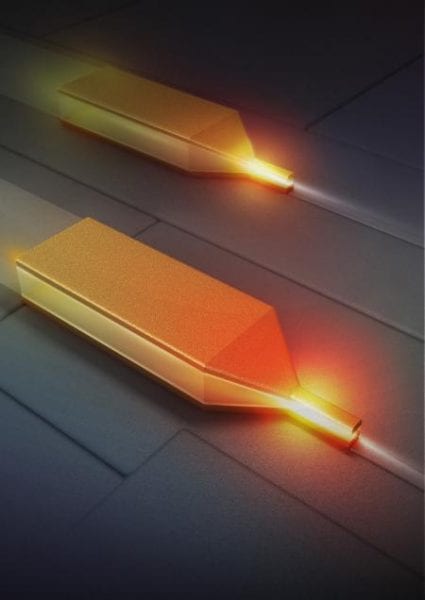C. Grant Willson shares 50 million yen prize with Jean M.J. Fréchet for work done at IBM in the 1980’s.
Reliable single-photon detectors developed
Devices combine near-unity detection efficiency with high timing resolution and very low error rate.

Cobalt/organic nanomagnets for molecular electronics
International researcher team develop method for producing magnets for information technology.

Berkeley researchers manipulate nanoparticles with electron beams
Researchers develop method for moving nanoparticles using an electron beam, in step towards complex nanomachinery.

First multipart molecular motor created by international research team
Study offers blueprint for creating machines at the nanoscale and is essential step towards new class of nanodevices.
Modified silicon carbide crystals could be better than diamond
University of Würzburg physicists have modified silicon carbide crystals and found that they may have application in quantum computing.

Ames Laboratory scientists granted time on world's fastest computer
Bruce Harmon, Kai-Ming Ho, and Cai-Zhuang Wang will identify promising compositions of new magnetic materials that do not contain rare earth elements.
Nanophotonics system allows optoelectrical single chip integration
IBM announced today a major advance in the ability to use light instead of electrical signals to transmit information for future computing.
Carbon nanotubes lower nerve-damaging chloride in cells
A nanomaterial engineered by researchers at Duke can help regulate chloride levels in nerve cells that contribute to chronic pain, epilepsy, and traumatic brain injury.

Point of Light: nanofocusing in plasmonic waveguides
Engineers create a device that can focus light into a point of just a few nanometers, with applications in computing, communications, and imaging.










